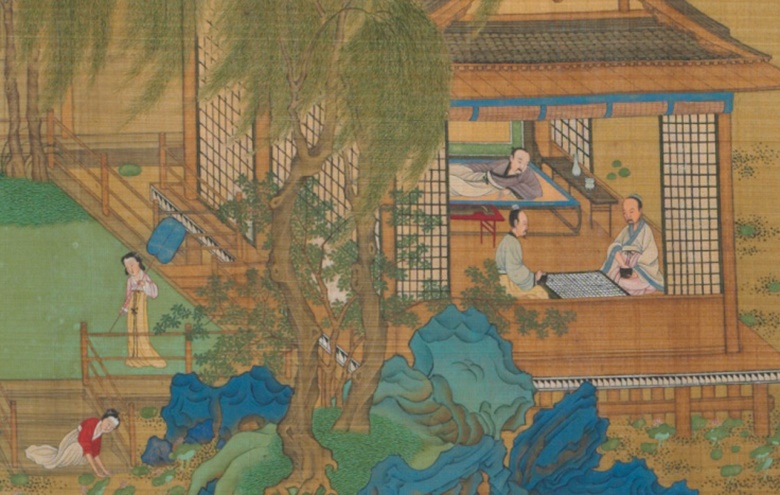Classical Chinese furniture generally refers to a wide variety of pieces made during the Ming and Qing dynasties, from the end of the 14th century through to the beginning of the 20th century. It includes tables, cabinets, chairs, stools and bedframes, as well as other furnishings used in domestic settings. Materials, condition, age and provenance are the greatest determining factors of value.
萬發屯
吃喝玩樂奔諾獎Collecting Guide: 10 things to know about classical Chinese furniture
- 1
Chinese furniture is made from a variety of hard and soft woods, and is also found in bamboo and lacquer. The price differences between two similar-looking pieces from the same time period in different materials can amount to hundreds of thousands of dollars. ‘It doesn’t mean that they’re not great examples,’ says Christie’s New York’s Michelle Cheng of the less desirable woods. ‘It’s just that the furniture market is very material-driven.’
The most valuable and precious of all of these materials are zitan and huanghuali, two types of hardwood found, among other places, on China’s largest island, Hainan. Along with having beautiful lustrous qualities, the woods are difficult to harvest and mostly found outside China, making them even rarer. ‘If you’re a collector looking to have your collection grow in value,’ says Cheng, ‘focus on examples in huanghuali and zitan.’
Learning how to properly identify the materials used in individual pieces of furniture takes time and patience. Cheng suggests ‘examining as many pieces as possible, whether through auctions, exhibitions, speaking to respected dealers or looking at objects in museums.’
Fortunately, there are exemplary collections throughout the world, including at the Minneapolis Institute of Arts and the Metropolitan Museum of Art in New York. If you don’t have access to a museum or an auction house, Cheng suggests looking through old auction catalogues or books written on the subject. ‘Education is a really important part of collecting,’ she explains.
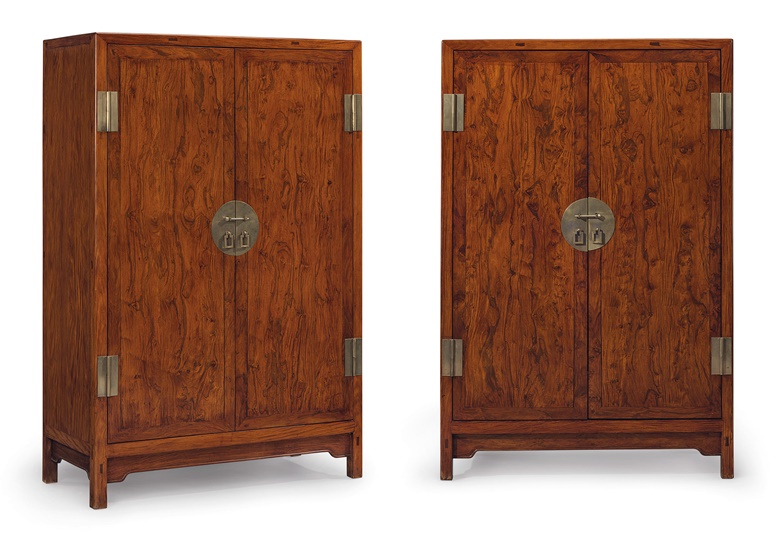
A superb and very rare pair of Huanghuali square-corner cabinets, Fangjiaogui, 17th-18th century. 70? in (179.9 cm) high, 47¼ in (120 cm) wide, 21? in (54.9 cm) deep. Sold for: $1,332,500 on 22-23 March 2018 at Christie’s in New York
- 2
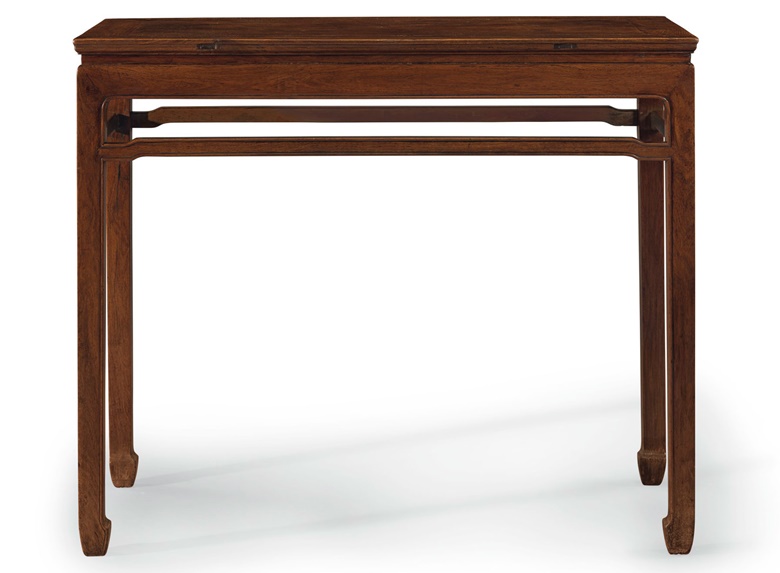
A rare Huanghuali corner-leg table, 17th century. 34 in (86.4 cm) high, 40¾ in (103.5 cm) wide, 19¾ in (50.2 cm) deep. Sold for: $81,250 on 22-23 March 2018 at Christie’s in New York
Chinese furniture is generally made without any glue or nails — rather, the pieces are held together by a complicated network of joints. ‘The sophisticated technical abilities of the cabinetmakers and carpenters who made them were incredibly advanced,’ Cheng notes. ‘It’s very impressive to see the complexity and intricacy of the joints.’
Beyond adding to your appreciation of the object, learning how a piece was made will help you assess how it might have been altered or repaired — factors that can affect the overall value.
- 3
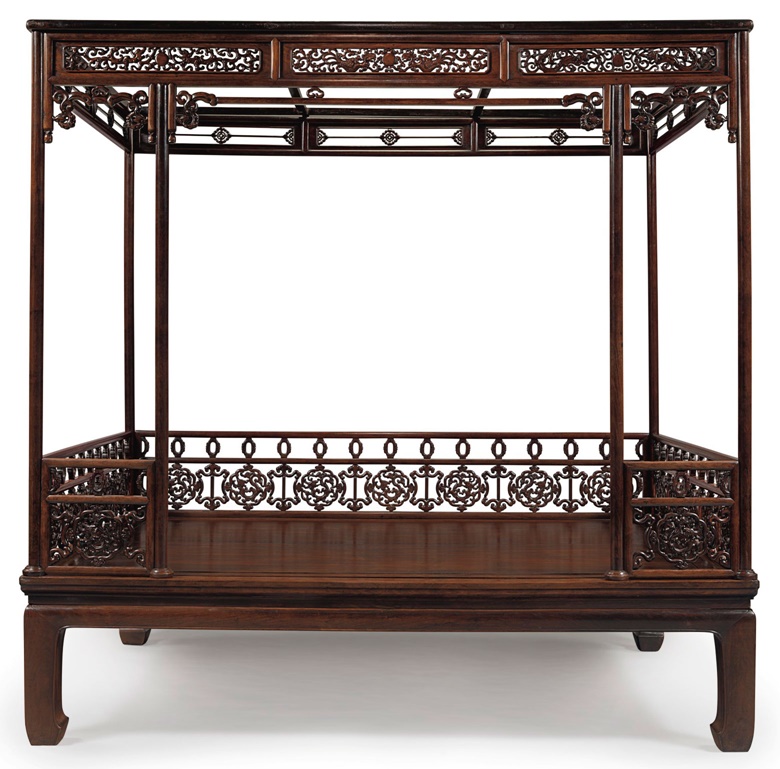
A very rare Huanghuali six-poster canopy bed, Jiazichuang, 17th-18th century. 87 in (221 cm) high, 89 in (226 cm) wide, 62 in (157.5 cm) deep. Sold for: $1,932,500 on 22-23 March 2018 at Christie’s in New York
Given that Chinese furniture was used in daily life, it’s likely that even the most exemplary pieces have gone through some restorations. ‘They have a history because they were used objects, part of a home, moved around,’ says Cheng. ‘Restoration work might include replacements, patches in woods, or mended legs.’
To preserve the look of a piece restoration is often concealed on its underside. The best way to check what has been done is to flip it over. ‘It’s the only way to assess the condition,’ Cheng notes.
- 4
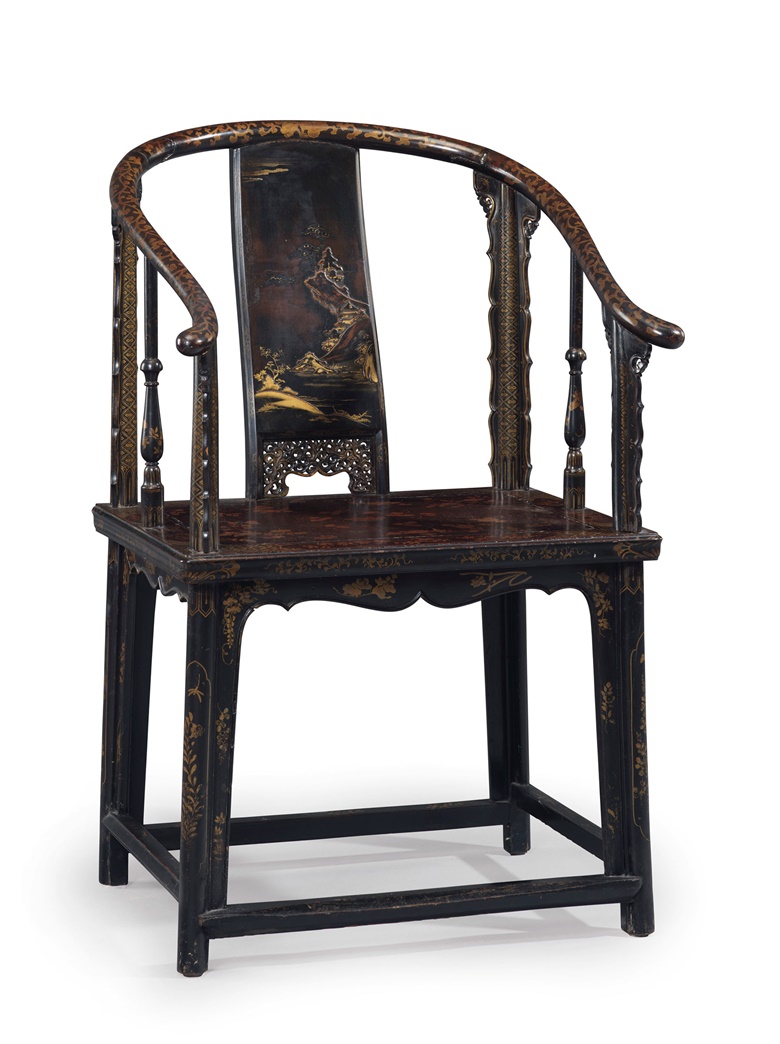
A very rare lacquered softwood horseshoe-back armchair, Quanyi, Second half 17th century. 40½ in (102.8 cm) high, 20½ in (52.1 cm) wide, 26½ in (67.3 cm) deep. Sold for: $137,500 on 22-23 March 2018 at Christie’s in New York
A furniture restorer can assess the condition of a piece better than anyone else. ‘They understand how the joints work, and how they affect the overall structural integrity,’ Cheng explains. This can determine how you integrate the work into your daily life.
A restorer can help with everything from repairing a surface to replacing old parts that have decayed with age. They are also a good educational resource. Cheng suggests being involved with them during the restoration process. ‘If you watch them resolve the problem of putting back together a system of joints, it adds to the appreciation of the piece itself, and of Chinese furniture in general.’
Also, as your collection grows, a good restorer will develop a working knowledge of your collection and will be able to advise on how best to care for it.
An important and very rare set of four huanghuali 'Four-corners-exposed Official's Hat' armchairs, sichutouguanmaoyi, late 16th to early 17th century. 48 in (122 cm) high, 23¼ in (59 cm) wide, 18? in (47.4 cm) deep. Sold for $4,197,000 on 17-18 September 2015 at Christie’s in New York
- 5
Chinese furniture is made from organic materials that react to the environment. In humid weather, wood can expand, and in cold weather, it shrinks. Subjecting wood to unstable environmental conditions can lead to cracking panels and movement in the joints, among other problems.
Serious collectors overcome this by installing humidifiers and other forms of climate control in their homes. ‘Part of maintaining the integrity of a collection is making sure the environment is ideal for the works, so that they can retain their shape and lustre,’ says Cheng.
- 6
A magnificent six-post Huanghuali canopy bed, Jiazichuang, Late 16th-early 17th century. 80¾ in (205.1 cm) high, 81½ in (207 cm) wide, 41? in (106.4 cm) deep. Sold for $845,000 on 16 September 2016 at Christie’s in New York
Classical Chinese furniture is surprisingly sturdy, Cheng points out. She has seen clients actively use everything from tables to bookshelves. In fact, one of her clients placed an ordinary mattress on a Ming dynasty bed. ‘Make Chinese furniture a living part of your home,’ she suggests.
Chairs and stools are often set with mat seats. Over time, the seats will tear or collapse. Replaced mat seats are very common and an expected condition issue that does not affect value. Replacing seats, when necessary, will help to integrate a chair or stool into your daily life.
Surface wear, she notes, can be restored. Which is not to say that you should not use coasters on tables or take care with the objects — rather, that you shouldn’t be afraid to use your furniture.
- 7
No matter how much you love an object, if it’s too big to fit in your dining room, for example, it’s just not the right piece for you. While it’s possible to put a piece in storage for future use, what furniture really asks for is to be integrated into your life. ‘I want people to think of tables as both part of their daily life and a beautiful object in their collection,’ says Cheng.
- 8
‘There are amazing interior spaces in paintings from the Ming and Qing dynasties,’ says the specialist. Seeing how people relaxed on a daybed, or what they placed on top of a table, for example, gives a contemporary collector a better idea of how the furniture was used.
‘We’re so far removed from their history,’ Cheng adds. ‘It’s hard for us to think today, “Oh, that’s right, these stools are meant to be portable, or this bed is meant to have curtains around it”.’ In the latter case, she explains, curtains were closed for privacy during the night.
- 9
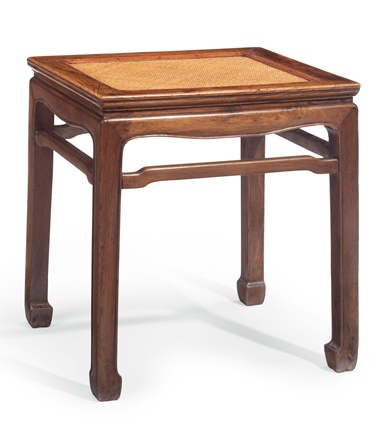
A rare pair of Huanghuali corner-leg stools, 17th century. 20¼ in (51.4 cm) high, 19¼ in (49 cm) wide, 16½ in (42 cm) deep. Sold for: $118,750 on 22-23 March 2018 at Christie’s in New York
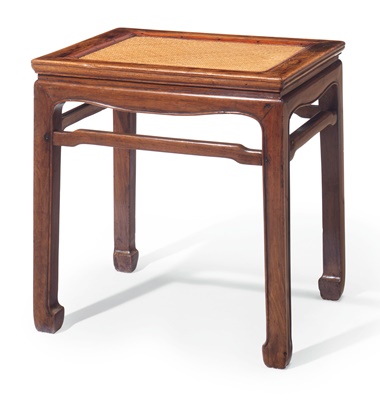
If you’re looking to build a collection of long-lasting value, then you should pay attention to its origin and where it’s been. ‘Our collectors are very interested in distinguished provenance,’ Cheng says.
This includes not only the owners of the piece in the distant past, but also those who have owned it in recent times. ‘Many collectors in the field respect the eyes and knowledge of certain collectors and experts,’ she says. Along with the type of wood used and the condition of a piece, provenance can add significant value.
- 10
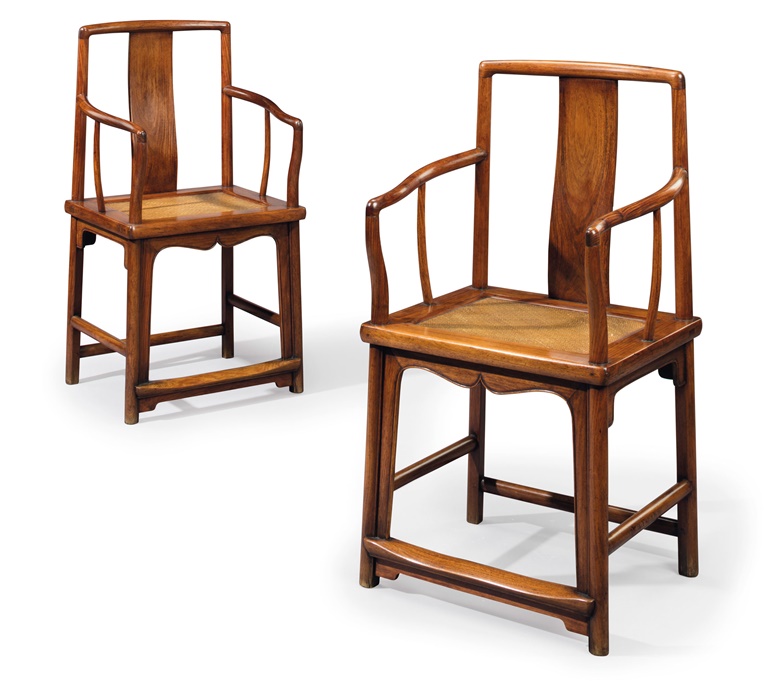
A pair of Huanghuali ‘southern official’s hat’ armchairs, Nanguanmaoyi, 17th century. 37½ in (95.3 cm) high, 20½ in (52.1 cm) wide, 16¼ in (41.3 cm) deep. Sold for: $125,000 on 22-23 March 2018 at Christie’s in New York
‘Whether it rises or falls in value, whether your children will inherit it, and whether or not it’s important in the history of art, it is you, at the end of the day, who will have to say good morning or goodnight to it,’ Cheng concludes.
If you don’t have the money to enter the market at the highest price points, there are still many opportunities. While a stool in zitan and huanghuali will sell for $100,000, a classical piece made from a softer wood might sell for around $18,000. Ultimately, though, what’s most important is that you enjoy the process of collecting. As Cheng points out, ‘Collecting what you love makes you happier in general’.





.jpg?w=780)
